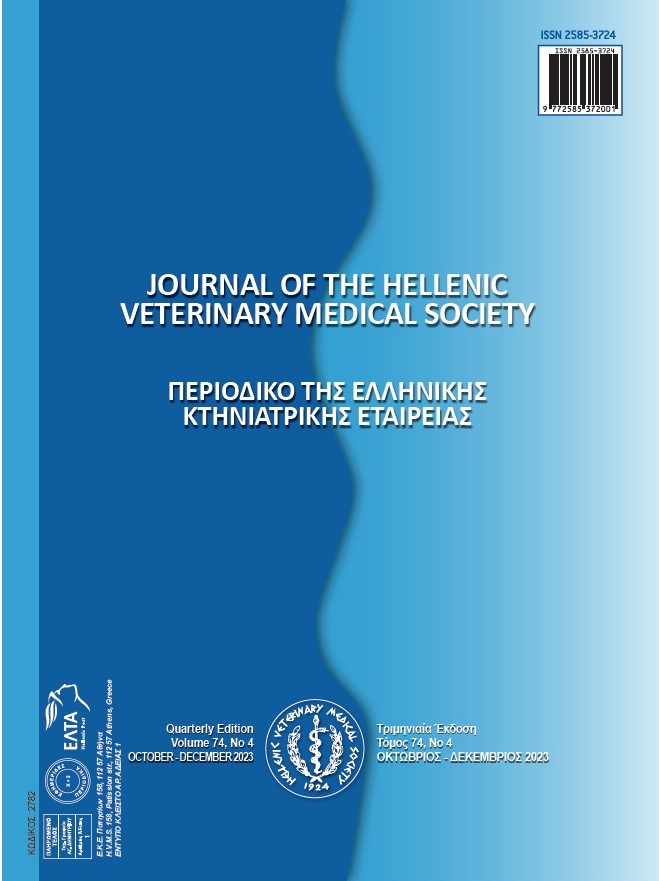Assessment of piscicidal effect of five toxicants for the eradication of weed fish Nile tilapia (Oreochromis niloticus)

Аннотация
Unwanted or weed fish in aquaculture pond may affect the growth and development of cultured fish
species. The current investigation aimed to assess the piscicidal effect of five commercial toxicants on weed fish, Nile
tilapia (Oreochromis niloticus) for a short period. The fish was exposed to four concentrations (0.5, 1.0, 1.5, and 2.0
ppm) of dimethoate, pyrethroid lambda-cyhalothrin, cypermethrin, malathion, and Chillas along with control (without
any toxicants) during a 48-hour static bioassay. Fish mortality and physicochemical parameters i.e., pH and dissolved
oxygen (DO) of water were checked after every 8 hours. The pH of water varied from 3.46to 6.5 and DO range 2.70-
5.66 during all experiments. After 48 hours of exposure, the maximum fish mortality was achieved by dimethoate
(4.15, 8.30%), cypermethrin (4.16, 8.32%), malathion (4.0, 8.00%), and Chillas (4.0, 8.00%) at the highest applied
concentration (2.0 ppm). While pyrethroid lambda-cyhalothrin showed the highest mortality at 1.5 ppm (4.16) with
8.32% as well as on 2.0 ppm (4.16, 8.32%). In conclusion, pyrethroid lambda-cyhalothrin was observed as the best
toxicant as piscicide causing overall higher mortality on all applied concentrations. However, the long-term experiment is further needed to clarify the mortality trend and optimization of toxicants in a long-term experiment.
Article Details
- Как цитировать
-
Ahmad, S., Afrab, A., & Ahmad, S. (2023). Assessment of piscicidal effect of five toxicants for the eradication of weed fish Nile tilapia (Oreochromis niloticus). Journal of the Hellenic Veterinary Medical Society, 74(1), 5137–5144. https://doi.org/10.12681/jhvms.27201
- Выпуск
- Том 74 № 1 (2023)
- Раздел
- Research Articles

Это произведение доступно по лицензии Creative Commons «Attribution-NonCommercial» («Атрибуция — Некоммерческое использование») 4.0 Всемирная.
Authors who publish with this journal agree to the following terms:
· Authors retain copyright and grant the journal right of first publication with the work simultaneously licensed under a Creative Commons Attribution Non-Commercial License that allows others to share the work with an acknowledgement of the work's authorship and initial publication in this journal.
· Authors are able to enter into separate, additional contractual arrangements for the non-exclusive distribution of the journal's published version of the work (e.g. post it to an institutional repository or publish it in a book), with an acknowledgement of its initial publication in this journal.
· Authors are permitted and encouraged to post their work online (preferably in institutional repositories or on their website) prior to and during the submission process, as it can lead to productive exchanges, as well as earlier and greater citation of published work.





